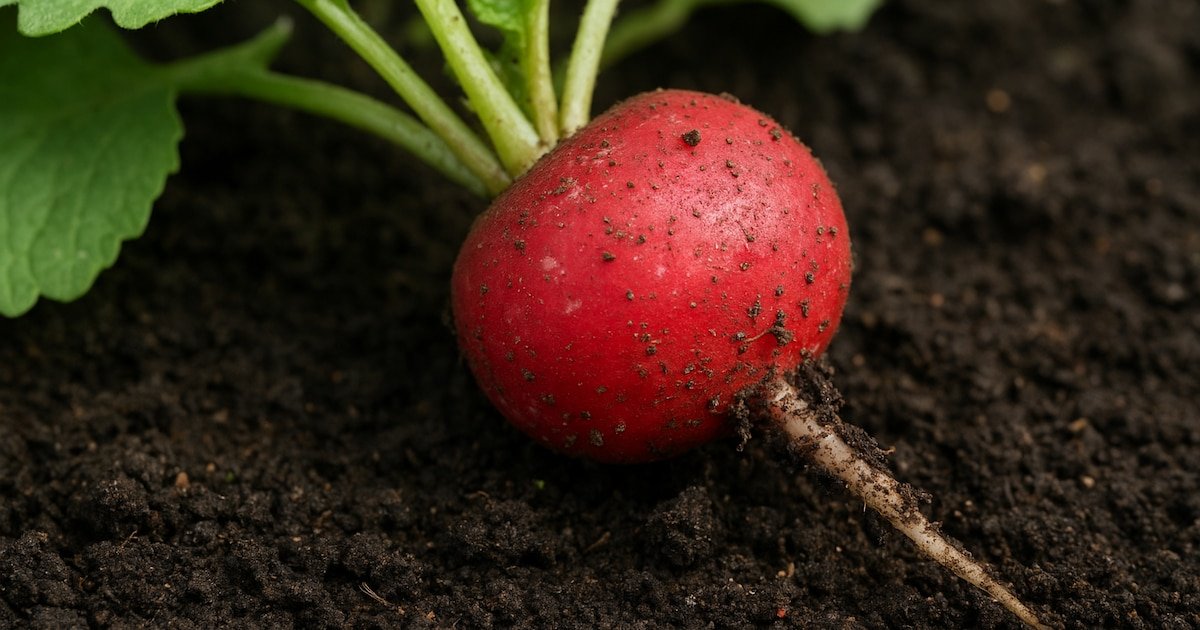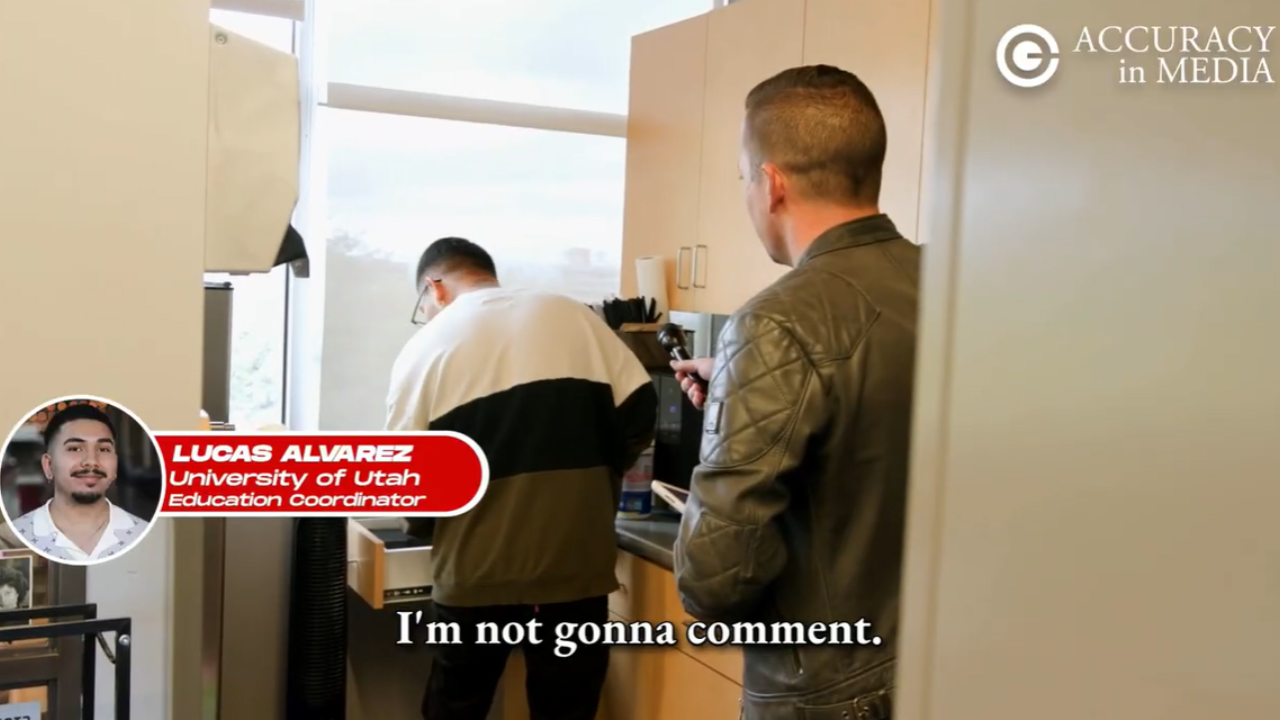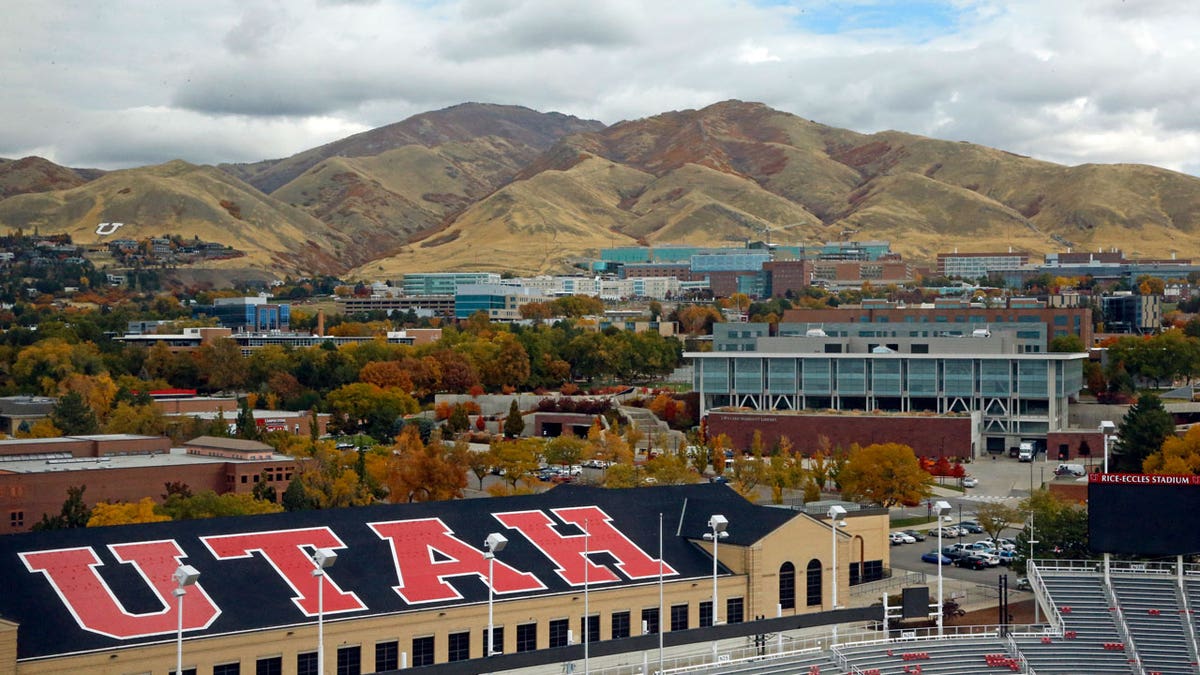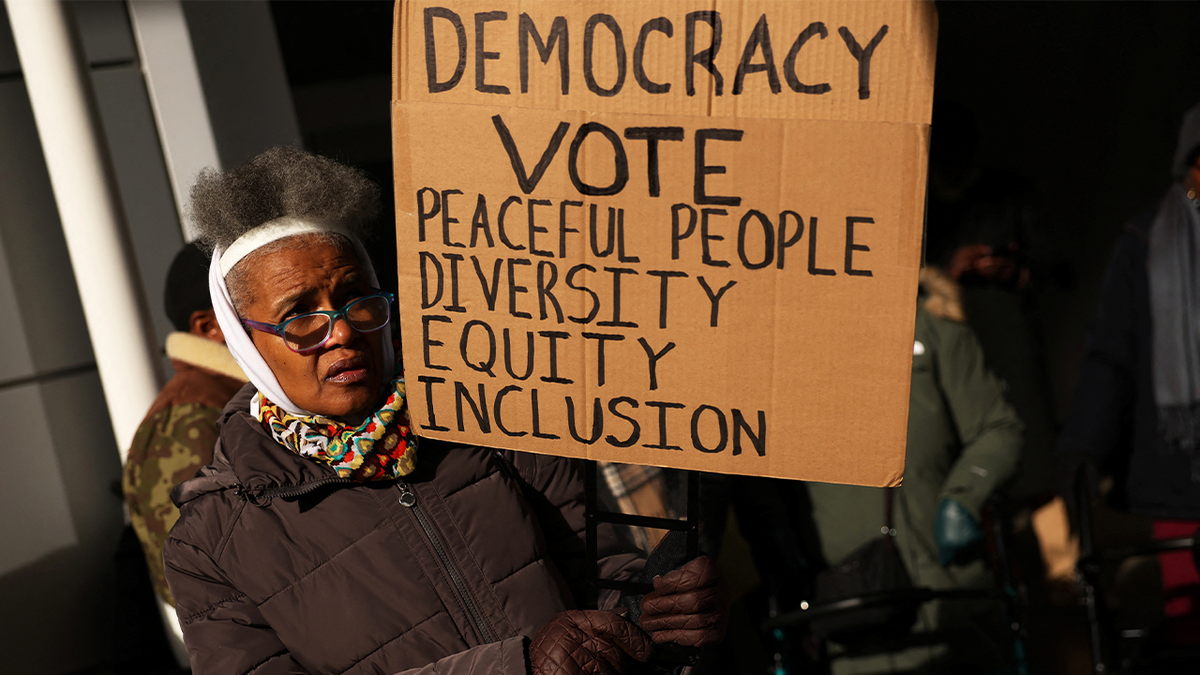INTERNACIONAL
Nanoplásticos en los alimentos: descubren partículas en rabanitos

Investigadores del Reino Unido confirmaron la presencia de nanoplásticos en las partes comestibles de los rábanos, lo que sugiere una posible amenaza para la seguridad alimentaria. Un estudio reciente realizado por la Universidad de Plymouth demostró que estos fragmentos diminutos de plástico pueden traspasar las barreras naturales de las plantas y acumularse en raíces y hojas, hechos que generan preocupación por las consecuencias en la alimentación humana.
Según la publicación de Le Point, el experimento consistió en cultivar rábanos en sistemas hidropónicos y exponerlos a una cantidad determinada de nanoplásticos. Los resultados mostraron que cerca del cinco por ciento de los nanoplásticos añadidos al entorno fueron absorbidos por los cultivos. De acuerdo con los científicos responsables, aproximadamente una cuarta parte de esos residuos plásticos permaneció en la raíz comestible, mientras que el diez por ciento se detectó en las hojas.
Estos hallazgos resultan relevantes porque hasta ahora se consideraba que la banda de Caspary, una defensa natural de las plantas, impedía el ingreso de sustancias indeseables. “Es la primera vez que se demuestra que las partículas de nanoplástico pueden cruzar esta barrera”, señaló Nathaniel Clark, profesor de fisiología en la Universidad de Plymouth. El experto explicó que el rábano fue elegido debido a su importancia agroindustrial y a que representa cerca del dos por ciento de la producción global de verduras.

“Las plantas pueden actuar como depósitos de partículas plásticas”, explicó Clark. A diferencia de los animales, que cuentan con mecanismos para eliminar partículas extrañas a través del sistema digestivo o los riñones, los vegetales carecen de estos procesos. Según el científico, la falta de mecanismos efectivos de eliminación podría implicar una amenaza a largo plazo para la seguridad alimentaria.
El profesor Richard Thompson, coautor del trabajo, afirmó que la contaminación por microplásticos y nanoplásticos aparece en zonas inesperadas: “Encontramos contaminación microplástica dondequiera que la buscamos.” El académico remarcó que la investigación contribuye a comprender mejor cómo estas partículas se acumulan y los potenciales riesgos para la salud humana.
La técnica empleada para rastrear los nanoplásticos implicó el uso de radiomarcadores de carbono. Este método permitió identificar y cuantificar con alta precisión la presencia de partículas en los tejidos vegetales. Clark explicó que la diferencia isotópica del carbono empleado facilitó el seguimiento del recorrido de los nanoplásticos en el cuerpo del rábano.
De acuerdo con el equipo investigador, el experimento se centró en el poliestireno, un componente muy común en envases y productos cotidianos. Sin embargo, Clark advirtió que los resultados no necesariamente se pueden extrapolar de manera inmediata a todos los tipos de plástico. El tamaño, la forma y la química superficial de las partículas podrían alterar su comportamiento y su interacción con diferentes cultivos. “El poliestireno es un buen punto de partida, pero no representa la totalidad de la problemática”, puntualizó el investigador a Le Point.

Hasta el momento, la gran limitación para detectar nanoplásticos en alimentos radicaba en su tamaño, que es diez veces menor al diámetro de un cabello humano, y en que su estructura de carbono los hace casi indistinguibles de los tejidos vegetales. “Identificar unas pocas nanoesferas plásticas en una montaña de polvo de carbón resulta muy difícil, ya que ambas comparten características físicas y químicas”, ilustró Clark.
La comunidad científica estima necesario ampliar el alcance de estas investigaciones a situaciones agrícolas reales, más allá del laboratorio, con el fin de determinar los niveles de nanoplásticos en productos comerciales o cultivados en huertos domésticos. Según los expertos consultados por Le Point, será indispensable profundizar en los riesgos para la salud de los consumidores y en el recorrido de estas micropartículas a lo largo de las cadenas tróficas.
Clark indicó que los beneficios de consumir verduras continúan superando los riesgos identificados en la investigación. El especialista desaconsejó modificar hábitos alimentarios a partir de estos resultados, ya que las ventajas nutricionales de las hortalizas siguen siendo superiores, según la evidencia actual.
Diferentes voces alertaron que la contaminación derivada de plásticos no se limita a vegetales terrestres. La comunidad científica ya había documentado la presencia de microplásticos en mariscos y peces. La acumulación de residuos plásticos en alimentos vegetales constituye un fenómeno adicional que amplía las preguntas sobre la exposición humana a contaminantes invisibles.

Las autoridades sanitarias y los organismos reguladores comenzaron a seguir con detalle el desarrollo de estas investigaciones. Los criterios para evaluar la seguridad alimentaria podrían incorporar nuevas variables y protocolos de monitoreo, a medida que surjan evidencias sobre la magnitud y el impacto de los nanoplásticos en productos de uso común.
Se espera que los próximos pasos incluyan estudios de campo en explotaciones agrarias y análisis comparativos entre cultivos bajo diferentes condiciones ambientales y métodos de riego, para determinar cuáles son los factores que favorecen una mayor o menor acumulación de partículas plásticas.
El avance de esta línea de investigación plantea nuevos desafíos a escala global. La posible transferencia de nanoplásticos a lo largo de la cadena alimentaria y su comportamiento dentro del organismo humano serán dos cuestiones clave en los próximos años. Por ahora, el consenso científico insiste en la necesidad de afrontar la contaminación plástica desde múltiples ángulos y en la urgencia de profundizar el conocimiento sobre la exposición invisible que afecta tanto a ecosistemas marinos como terrestres, así como a la propia seguridad alimentaria.
rábano,nanoplásticos
INTERNACIONAL
Juan Manuel Santos, ex presidente de Colombia y Nobel de la Paz: “Los egos de los líderes llevados a esos extremos causan un tremendo daño»
INTERNACIONAL
Israel receives 2 more hostage coffins from Gaza through Red Cross operation as identification begins

NEWYou can now listen to Fox News articles!
Israel on Tuesday received the coffins of two hostages returned from Gaza through the Red Cross, and officials said the remains will be identified before being released to their families as the military vowed to keep working to bring home all remaining captives.
Prime Minister Benjamin Netanyahu’s office said the coffins were handed over to the Israel Defense Forces (IDF) and Shin Bet force inside Gaza. From there, they will be transferred to Israel, where they will be received in a military ceremony with the chief military rabbi.
Once received, the coffins will be placed in the custody of the National Center of Forensic Medicine of the Ministry of Health, where they will be identified. The families will receive formal notification once the process is complete.
The prime minister’s office said all families of the deceased hostages have been updated and sympathy has been expressed for their loss.
ISRAEL NAMES TWO OF FOUR DEAD HOSTAGES RETURNED BY HAMAS, HOW THEY DIED
People walk past posters of hostages held by the Palestinian militant group Hamas in Gaza at Hostage Square in Tel Aviv Oct. 10, 2025. (Ahmad Gharabli/AFP via Getty Images)
«The effort to return our hostages continues ceaselessly and will not stop until the very last hostage is returned,» Netanyahu’s office said.
The news comes the same day remains of a hostage returned from Gaza were identified as Sgt. Maj. Tal Haimi, commander of Kibbutz Nir Yitzhak’s rapid response team.
REMAINS OF LAST FEMALE HAMAS HOSTAGE AND IDF SOLDIER HANDED OVER TO ISRAEL

Israeli Prime Minister Benjamin Netanyahu as President Donald Trump prepares to deliver remarks to the Knesset Oct. 13, 2025 in Jerusalem. (Kenny Holston/Pool/Getty Images)
Haimi was 41 when he died, and, according to the IDF, he was killed in combat while defending Kibbutz Nir Yitzhak during the Oct. 7, 2023, massacre. His remains were taken to Gaza, where they were held for more than two years.
Haimi’s family initially believed he was taken alive, and Israel declared him deceased Dec. 13, 2023.
REMAINS OF LAST FEMALE HAMAS HOSTAGE AND IDF SOLDIER HANDED OVER TO ISRAEL

The Israeli army held a military protocol for deceased hostage Tal Haimi. (IDF Spokesperson’s Unit)
Following the identification of Haimi’s remains, Netanyahu’s office expressed condolences to his family and reiterated its call for Hamas to release the remains of all deceased hostages for proper burial.
The IDF echoed the call, demanding Hamas fulfill its obligations under the agreement brokered by the Trump administration.
CLICK HERE TO DOWNLOAD THE FOX NEWS APP
On Oct. 13, 2025, the final 20 living hostages returned to Israel after more than two years in captivity. Since then, the remains of 28 deceased hostages have gradually been returned, while 13 others — including U.S. citizens Itay Chen and Omer Neutra and soldier Hadar Goldin, whose body has been held since 2014 — remain in Gaza.
Fox News Digital’s Rachel Wolf contributed to this report.
israel,terrorism,armed forces,benjamin netanyahu
INTERNACIONAL
Undercover video reveals red state university employee suggesting DEI is simply being rebranded

NEWYou can now listen to Fox News articles!
FIRST ON FOX: A conservative watchdog group has released a video that it says raises concerns that administrators at the University of Utah are continuing to push diversity, equity, and inclusion (DEI), possibly at odds with a relatively new state anti-DEI law.
«No, no comment,» University of Utah education coordinator Lucas Alvarez told Accuracy in Media when asked about an allegation he was pushing DEI in violation of a 2024 law aimed at curbing DEI practices inside state universities.
Accuracy in Media President Adam Guillette then showed Alvarez video of him explaining the current DEI practices at the university.
«We’re still, I think, figuring out as we go, like, HB261,» Alvarez said in the video. «It’s complicated, I mean, like, the programs that we’re doing, I think technically we’re still allowed to do them, but they have to be marketed in a certain way.»
BOMBSHELL REPORT EXPOSES ‘DEEPLY CONCERNING’ MIDWEST UNIVERSITY INITIATIVE PUSHING FAR-LEFT K-12 LESSON PLANS
A conservative watchdog group has released a video suggesting DEI is being rebranded at University of Utah. (Accuracy in Media)
When pressed by Guillette on what he meant by changing «marketing,» Alvarez once again said no comment.
Alvarez was also pressed about another comment he made on video suggesting DEI was still a focus at the university, explaining that his department has been «meeting with a lot of campus partners» to do the «strategic work» of being in «compliance» but pointing out that these partners have «academic freedom.»
«I think what he was referring to was the professors have academic freedom to do research and speak from their expertise in the field that they’ve studied,» LeiLoni McLaughlin, the university’s director of the Center for Community & Cultural Engagement, told Guillette when asked what Alvarez meant.
UNIVERSITY DOCTOR RESIGNS AFTER UNEARTHED AUDIO EXPOSES HIM BOASTING ABOUT SKIRTING ANTI-DEI LAWS

The University of Utah campus is viewed from Rice-Eccles Stadium in Salt Lake City, Utah. (Rick Bowmer/AP Photo)
«He kind of suggested that they shifted things over to the professors though,» Guillette said, prompting McLaughlin to explain she thinks that was a «false statement.»
McLaughlin was then asked by Guillette what Alvarez meant by changing the «marketing.»
«I think with the legislative changes, every university has had to shift,» McLaughlin said.
«Shift their actions or just shift how they market what they are doing,» Guillette responded.
«Both,» McLaughlin answered.
WATCH: DEI STILL IN PLACE AS COLLEGE ‘FINDING WAYS’ AROUND BAN, OFFICIAL ADMITS: ‘PROUD OF THE FIGHT’

People march outside the office of hedge fund billionaire Bill Ackman, protesting his campaign against diversity, equity, and inclusion and attacks against former Harvard University President Claudine Gay in New York City, Jan. 4, 2024. (Shannon Stapleton/Reuters)
A University of Utah spokesperson told Fox News Digital in a statement, «I reject the assertion that the university is hiding diversity work with rebranding and remarketing.»
«The changes required under HB 261 transformed how we support student success, recruit faculty, celebrate events and create a sense of belonging on our campus.»
The spokesperson added that Alvarez is «not a spokesperson for the University of Utah.»
«His comments do not reflect the position of the institution,» the spokesperson continued. «The comments of LeiLoni McLaughlin, director of our Center for Cultural and Community Engagement…were much more aligned with university leaders.»
The spokesperson also pointed to an interview that she said showed the Black Student Union was «extensively mourning the loss of their center and identity-based resources» due to the school following the new law.
The school has previously outlined measures taken to conform with the law, including closing identity-based resource centers, transferring DEI employees to other jobs on campus, and prohibiting diversity statements in hiring.
CLICK HERE TO GET THE FOX NEWS APP
«This isn’t about one or two bad apples — it’s about a broken system,» Guillette told Fox News Digital about his video footage, filmed in October 2024 and May of this year.
«Utah needs a Kansas-style DEI ban with a reporting mechanism and actual legal consequences. And more importantly, America’s university system needs to be fundamentally reshaped with a focus on education rather than activism.»
Republicans across the country, along with President Donald Trump’s administration, have scored major victories pushing back on DEI in favor of meritocracy standards, but experts have warned that universities and organizations will be hostile toward the idea of giving up those methods and will instead attempt to rebrand them under different banners.
«At first, they just pushed back on, tried to defend DEI itself, but when that became so obvious that what DEI really was anti-White, anti-Asian, sometimes anti-Jewish discrimination in hiring and promotion, they abandoned that,» Consumers’ Research Executive Director Will Hild told Fox News Digital earlier this year. «Now what they’re trying to do is simply change the terminology that has become so toxic to their brand. So we’re seeing a lot of companies move from having departments of DEI, for example, to ‘departments of belonging’ or ‘departments of inclusivity.’»
Hid added, «It is the exact same toxic nonsense under a new wrapper, and they’re just hoping to extend the grift, because a lot of these people — I would say most of the people — working in DEI are useless.»
politics,campus radicals,utah,education

 CHIMENTOS3 días ago
CHIMENTOS3 días agoLa fuerte actitud de Manu Urcera con Indiana Cubero que reveló la verdad de la interna familiar: “El saludo del piloto a la hija de Nicole Neumann por su cumpleaños”

 POLITICA3 días ago
POLITICA3 días ago“El Pollo” Carvajal revela cómo Chávez pagaba a Kirchner, Lula y Petro con dinero del narcotráfico

 CHIMENTOS2 días ago
CHIMENTOS2 días agoLa cruda confesión del Turco Naim a 1 año de la separación de Emilia Attias: «Me di cuenta que hay que aprender a estar solo»















